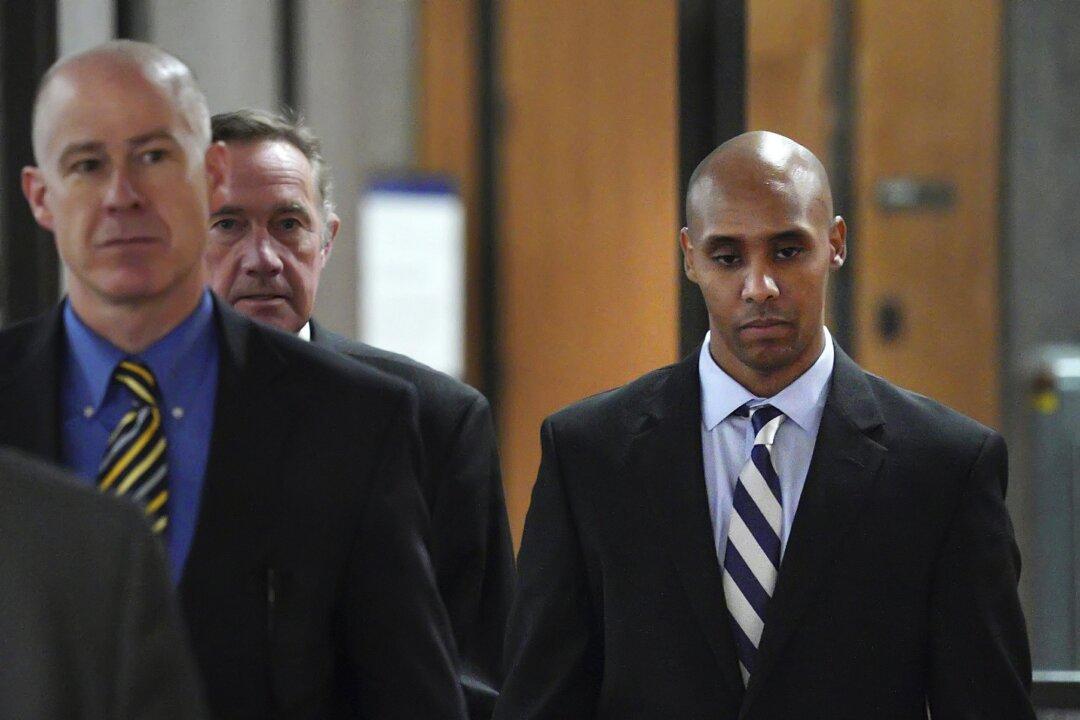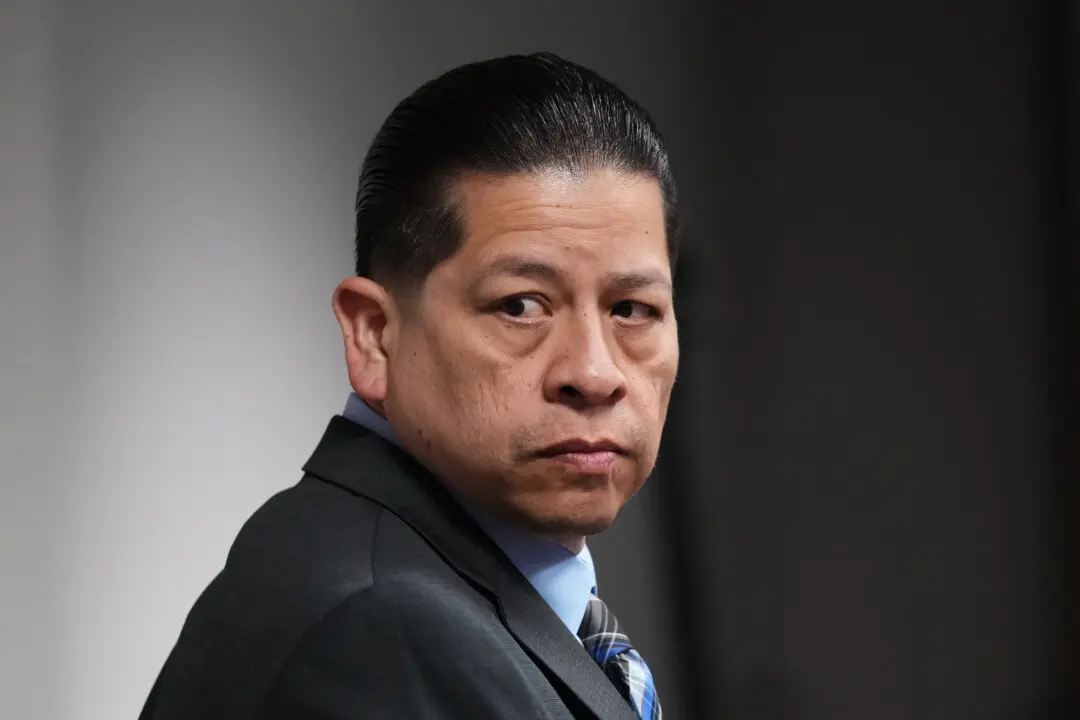MINNEAPOLIS—A former Minneapolis police officer on trial in the fatal shooting of an unarmed woman testified on April 25 that he saw fear in his partner’s eyes, then saw a woman in a pink shirt with blond hair appear at the partner’s window and raise her right arm before he fired his gun “to stop the threat.”
Mohamed Noor refused to talk to investigators after the July 2017 shooting of Justine Ruszczyk Damond, a dual citizen of the U.S. and Australia, making his testimony his first public statements since her death.





